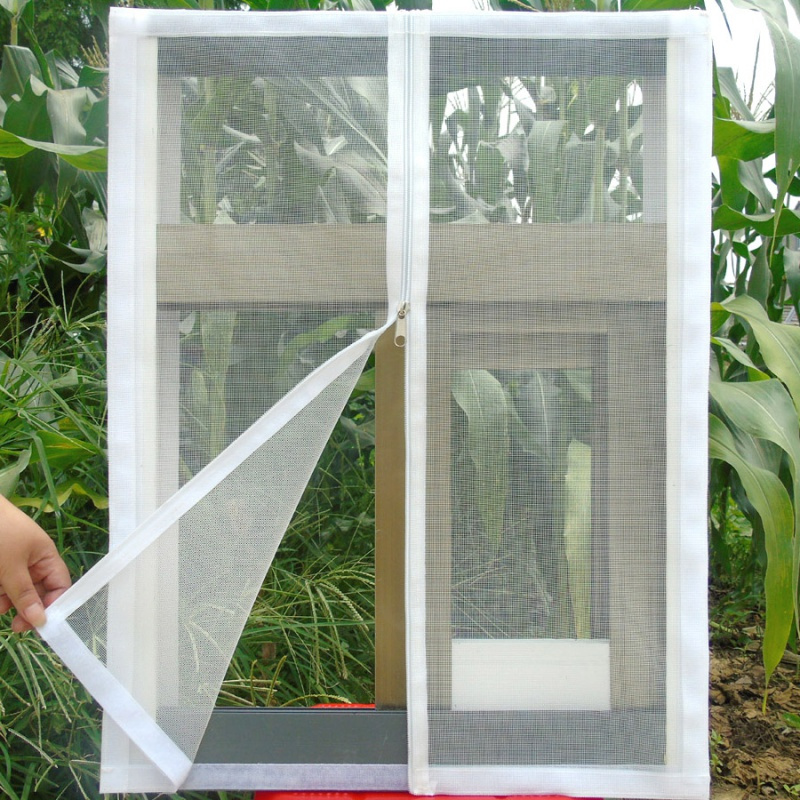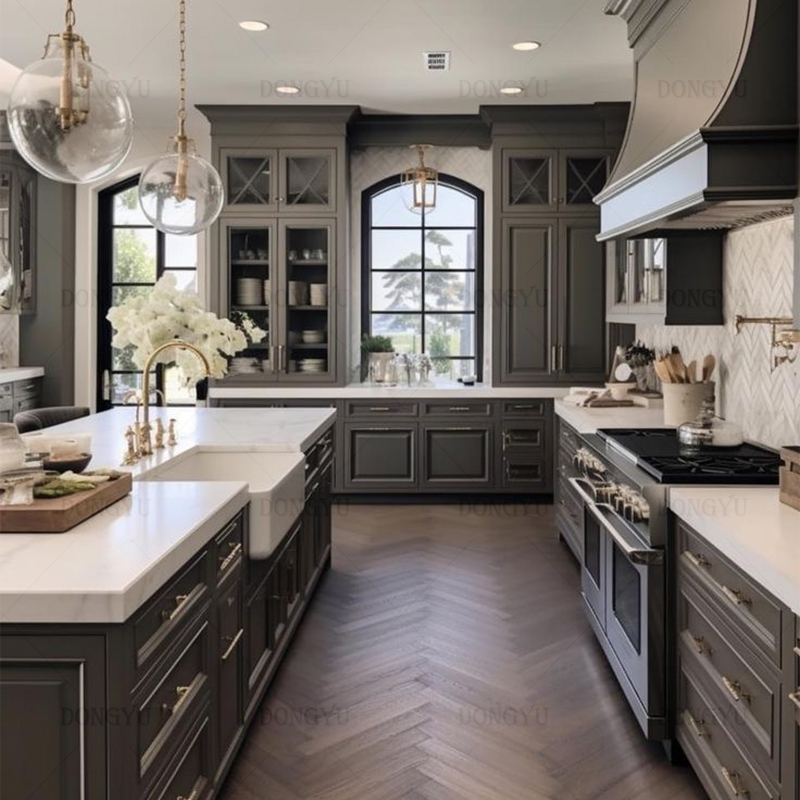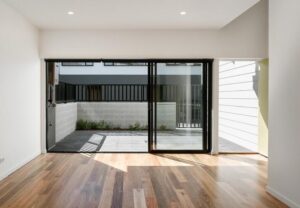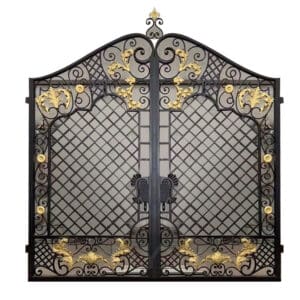
What should you use instead of a curtain wall?
What should you use instead of a curtain wall? Running into thermal or budget limitations with curtain walls? Modern alternatives now offer comparable aesthetics at
Doors are an essential component of any building, offering security, privacy, and aesthetic appeal. Over the centuries, door manufacturing has evolved significantly, with a wide range of materials being utilized to suit various needs, preferences, and architectural styles. In this blog post, we will explore the many different materials that can be used for doors, examining their characteristics, benefits, and applications. Whether you’re renovating your home or constructing a new building, understanding these materials will help you make an informed decision about the best door material for your needs.

Wood is perhaps the most traditional and widely used material for doors. It offers a warm, natural aesthetic that can complement a wide variety of architectural styles. There are numerous types of wood used in door manufacturing, including oak, pine, mahogany, and cherry. Each type of wood has its own unique grain patterns, colors, and durability.
Advantages of Wood Doors:
Challenges of Wood Doors:
Steel doors are known for their strength, durability, and security. They are commonly used in both residential and commercial applications where security is a top priority. Steel doors are often insulated with foam or other materials to improve energy efficiency and soundproofing.
Advantages of Steel Doors:
Challenges of Steel Doors:
Fiberglass doors are an increasingly popular choice for both exterior and interior doors. They offer the look of wood with the durability of steel, making them a versatile and low-maintenance option.
Advantages of Fiberglass Doors:
Challenges of Fiberglass Doors:
Glass doors add a touch of elegance and modernity to any space. They are often used in interior spaces to create a sense of openness and in exterior applications where natural light is a priority. Glass doors can be made entirely of glass or combined with other materials such as wood, aluminum, or steel.
Advantages of Glass Doors:
Challenges of Glass Doors:
Aluminum is a popular material for modern doors, particularly in commercial and contemporary residential applications. It is lightweight, durable, and resistant to corrosion, making it an ideal choice for doors exposed to the elements.
Advantages of Aluminum Doors:
Challenges of Aluminum Doors:
UPVC (Unplasticized Polyvinyl Chloride) doors are a cost-effective and low-maintenance option, commonly used in residential applications. They are known for their durability and resistance to weathering, making them a popular choice for exterior doors.
Advantages of UPVC Doors:
Challenges of UPVC Doors:
Composite doors are made from a combination of materials, typically including wood, PVC, insulating foam, and glass-reinforced plastic (GRP). This combination allows composite doors to offer the benefits of multiple materials in one product.
Advantages of Composite Doors:
Challenges of Composite Doors:
Bamboo doors are a sustainable and eco-friendly option, gaining popularity for their unique aesthetic and environmental benefits. Bamboo is a fast-growing, renewable resource, making it an ideal choice for those looking to reduce their environmental impact.
Advantages of Bamboo Doors:
Challenges of Bamboo Doors:

The choice of door material can significantly impact the functionality, appearance, and longevity of a door. Whether you prioritize security, aesthetics, sustainability, or affordability, there is a material to meet your needs. Understanding the characteristics, advantages, and challenges of each material will help you make an informed decision, ensuring that your doors not only meet your practical requirements but also enhance the overall design of your space.

What should you use instead of a curtain wall? Running into thermal or budget limitations with curtain walls? Modern alternatives now offer comparable aesthetics at

How to replace a door yourself? Tired of squeaky, drafty doors that stick? Replacing an interior door costs $50-$150 DIY versus $200-$500 hired out, and

How to get custom aluminum doors? Need sleek, durable entryways but overwhelmed by options? Custom aluminum doors range from $1,200-$8,000+ installed, with lead times of

How to make custom door mats? Want personalized home entryways without $75+ retail markups? Crafting custom doormats costs just $15-$35 using accessible outdoor-grade materials like

How much do custom window screens cost? Frustrated by insects ruining your fresh air enjoyment? Custom window screens typically cost $50-$300 per unit installed –

What is the best type of wall covering? Tired of staring at dull walls but overwhelmed by options? The “best” wall covering depends entirely on